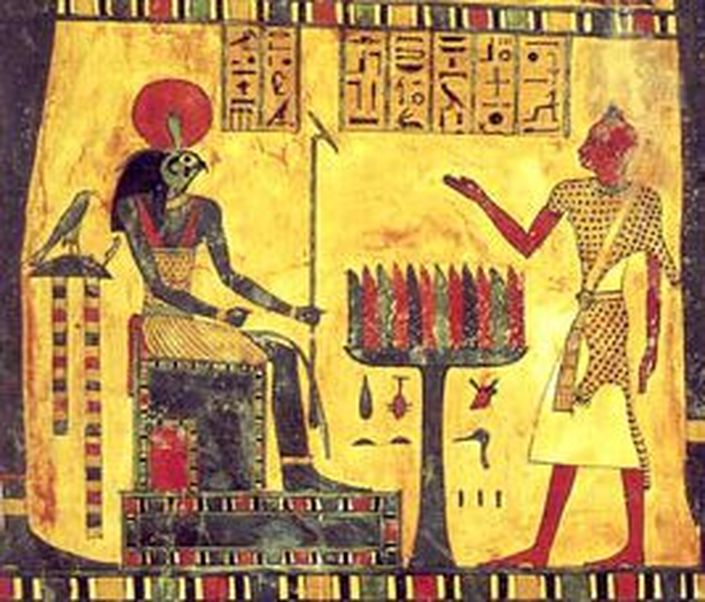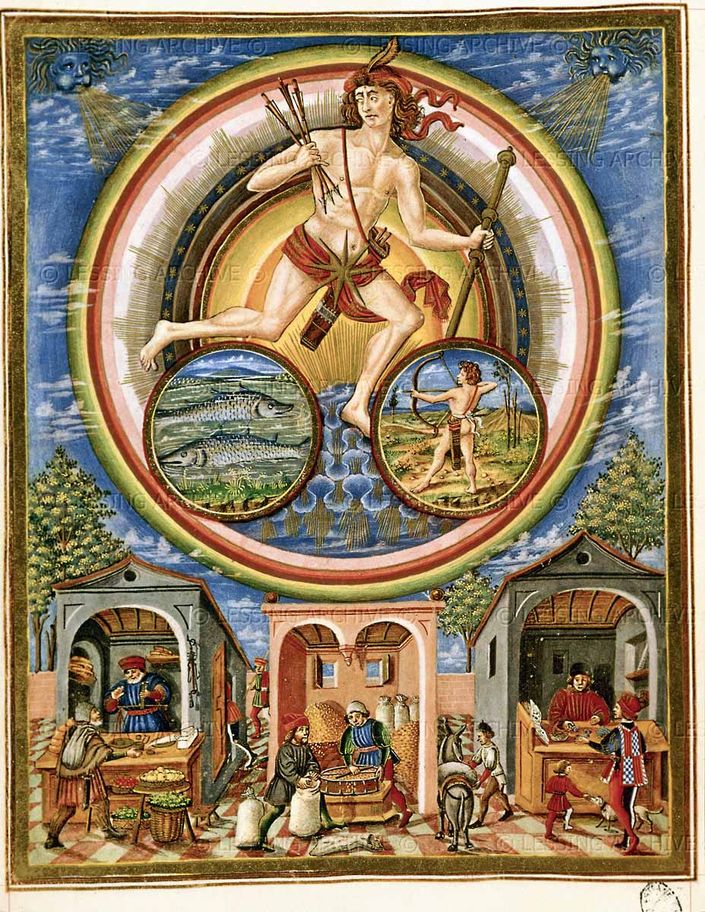
“New Thought” has been a major esoteric force in the United States, playing a key role in occult teaching, self-help traditions, and influential religious organizations since the second half of the 19th century. Though New Thought is less well known in our own time than it was prior to the Second World War, it still exerts a potent influence on many esoteric and spiritual movements in America. An important reason for its staying power is that New Thought highlights essential aspects of esoteric practice in a straightforward and user-friendly way, one that also nicely dovetails with well-known and widely accepted concepts of contemporary depth psychology.
This six-week, twelve-hour course is an introduction to New Thought teachings, offering an overview of the theory and practice of New Thought, as well as outlining specific practices conducive to utilizing New Thought techniques. The course includes discussion of the history and nature of New Thought theory and practice; links between New Thought and other esoteric and spiritual traditions; the basic principles of New Thought; ethical dimensions of New Thought; and specific practices geared to best utilizing New Thought techniques.
This class will run live for six consecutive Wednesdays starting on September 15, 2021 9:00pm Eastern Time, using Zoom. A Zoom link will be sent to all participants and the video posted to the Curriculum Section after each session.
Class 1. We begin with the history and an overview of the main ideas, principles, and some of the figures of the New Thought tradition, followed by a comparison of New Thought with other spiritual traditions. In the practical part of this class, we discuss relaxation exercises and their importance for working with the subconscious as well as some pointers on formulating goals.
Class 2. We look at two central principles to the New Thought approach, (1) working with the subconscious and (2) formulating a definite purpose or goal. In the practical section of the class, we work together on translating definite purposes into the “language” of the subconscious and discuss how we can improve our formulations of the purpose, to increase its impact on the subconscious.
Class 3. Two more central principles of New Thought, (1) the use of imagination and (2) the importance of desire. We distinguish different forms of “imagination,” focusing on what is sometimes called “creative visualization,” and show how this is connected to desire. We clarify which kinds of desire are helpful and which are not to these practices. The practical section focuses on exercises for improving creative imagination and suggestions on how to intensify one’s desire.
Class 4. Two final principles of New Thought, (1) faith that one will obtain one’s goal and (2) action toward the goal. We examine the nature of “faith” in this context and some of the positive attitudes required for faith. We also look at action and the central importance of planning: New Thought is an active spiritual approach and assumes that one is taking action toward the goal. In the practical section, we discuss “SMART goals” and their usefulness for planning.
Class 5. The metaphysics of New Thought. We discuss the general theory of New Thought and why it works, comparing it to related Hermetic traditions. We also examine how New Thought envisions the Divine, including the strengths and potential weaknesses of this vision. In the practical section, we work with a few exercises to increase the involvement of the Higher Self in our definite purpose and planning.
6. The ethics of New Thought. We discuss positive habits and attitudes necessary to follow through with one’s goals and plans. The New Thought approach is not only about the goal, but also about the sort of person we become in our pursuit of that goal. The Golden Rule was also an important source for New Thought, which we discuss in some detail. The practical section of the class will be on the application of ethics in pursuing our goal and the potential dangers of not taking the Golden Rule into account.
John R. White Ph.D. is a practicing Jungian psychoanalyst and academic philosopher, as well as Vice President of the Board of the Institute for Hermetic Studies.

History and Philosophy
This course provides a complete overview of the essential history and philosophy of New Thought and its relationship to many modern esoteric movements.

The Practice
The importance of any spiritual practice, and New Thought in particular, is found in its practice. Here we learn how to apply the fundamental principals of New Thought.

Making It Meaningful
The core focus of New Thought and its related spiritual siblings is in being practical: making our life here and now better and meaningful.
- Week One - Handouts and Presentation Slides
- Week One - Introduction to New Thought (video unedited) (114:40)
- Think and Grow Rich
- Power of the Subconscious Mind - Joseph Murphy
- Week Two - Handouts and Presentation Slides
- Week Two - Principles of New Thought: Ariel or Puck? (video unedited) (102:41)
- Week Two - Side Lecture - Values and Heroism
- Week Two -Side Lecture - We Are All Magi (Dubuis)
- Week Two - Side Lecture - Help and the Invisible (Dubuis)
- Week Three - Handouts and Presentation Slides
- Week Three - Charging Technique
- Week Three - Cultivating A Burning Desire (video unedited) (113:50)
- Week Four - Presentation Slides - Mind Mapping
- Week Four - SMART Planning
- Week Four - Imagination and Planning (video unedited) (112:03)
- Week Four - Side Lecture - Ethics and Principles
- Week Five - Handouts and Presentation Slides
- Week Five - Readings on Magic
- Week Five - Side Lecture - Spiritual Help (Dubuis)
- Week Six - Class Readings
- Week Five - New Thought, Hermeticism, & The Higher Self (video unedited) (109:58)
- Week Six - Handouts and Presentation Slides
- Side Lecture - Mental Alchemy - Atkinson
- Side Lecture - Inner Consciousness - Atkinson
- Side Lecture - Mental Magic - Atkinson
- Side Lecture - Secret Doctrines of the Rosicrucians - Atkinson
- Side Lecture - Collected Words of Florence S Shinn
- Side Lecture - Dreams : Foreknowledge and Free Will (Dubuis)
- Side Lecture - Energies of the Days and Their Influences (Dubuis)
- Week Six - New Thought, the Golden Rule, and the Cultivation of Classical Virtue (video unedited) (95:33)
- Side Lecture - Brain on Fiction
- Side Lecture - New Thought, AMORC, and Dzogchen
- Side Lecture - Neville Goddard on Blake, Lucid Dreaming, and Reality (audio)
- Side Lecture - Magic and the Origins of Modern Advertising
- New Thought, New Life - Interview with Dr. John White
The Kybalion and More!
The Kybalion, along with other works by William Walker Atkinson are among the most influential of New Thought publications. These influenced both esoteric and initiatic fraternities during the first part of the Twentieth Century and the Counter-Culture and New Age Movements of the second half.








